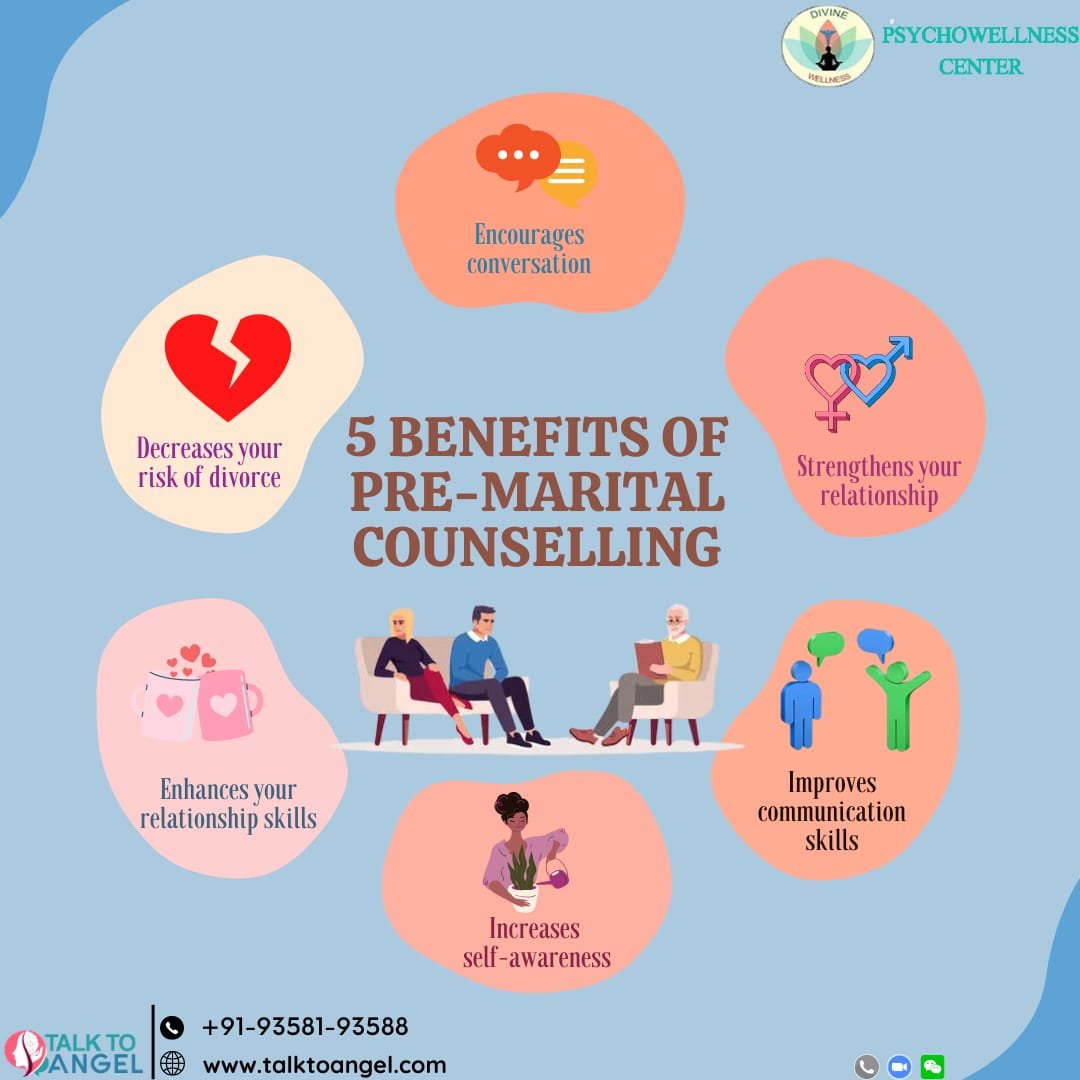The 9-Minute Rule for Aim Point Counseling
The 9-Minute Rule for Aim Point Counseling
Blog Article
5 Easy Facts About Aim Point Counseling Described
Table of ContentsExcitement About Aim Point CounselingFacts About Aim Point Counseling RevealedHow Aim Point Counseling can Save You Time, Stress, and Money.Aim Point Counseling Fundamentals ExplainedThe Definitive Guide for Aim Point CounselingEverything about Aim Point Counseling
The longitudinal layout involves a pre-treatment survey and 2 follow-up surveys at 3- and 12-months post-intervention. The research study is set in 8 Relationships Australia Victoria centres, across urban, outer suburban areas, and regional/rural websites. Relationships Australia, a non-government organisation, is the biggest company of pair therapy and relationship solutions in Australia.
These high rates of partnership failure have been regularly connected with unfavorable health and wellness repercussions for both adults and youngsters complying with divorce/separation.
A Biased View of Aim Point Counseling
The results of divorce and separation can be damaging, study suggests that high connection disharmony in intact pairs is likewise most likely to have negative outcomes.
Additionally, factors that affect the end results of these services require thorough investigation. Study to date has identified both pair and individual aspects that may add to relationship disharmony. These consist of connection complete satisfaction and dedication at the couple level, and clinical depression at the individual degree. Nonetheless, durable research study to review relationship-enhancing interventions in the neighborhood are limited.
Aim Point Counseling Can Be Fun For Everyone
While a lot of researches indicate improvements in connection fulfillment adhering to couple counselling, they are limited by the samples and steps used, largely short-term follow-up time frameworks, and analyses that do not account for the dyadic nature of couple information., is another commonly examined connection result.
To summarise, research study suggests that couple-specific variables along with individual elements may anticipate the results of pair therapy and partnership solutions. The causal direction of these relationships, nevertheless, is much less clear. These monitorings are essential, since, to warrant and lead the application of relationship services such as couple therapy, empirical evidence should check out both the results of partnership services and the variables that forecast effective treatment.
There is a growing consensus that efficiency research studies must be matched by efficiency research to best inform clinical practice [ 29] The minimal efficiency research study that exists to date suggests that pair coaching can enhance outcomes such as connection satisfaction [33,43], communication abilities and general wellness [44], a minimum of in some European countries.

We presently recognize little concerning the profiles of pairs that seek connection education compared with those that seek relationship therapy, or the outcomes of these programs. Unscientific proof suggests that there might be significant distress amongst at least some couples looking for connection education. Partnership education programs vary from pair counselling as they are normally very structured, conducted in teams, and focus on a mix of four elements; recognition, feedback, cognitive change, and abilities training [45]
The Buzz on Aim Point Counseling
Responses entails participants completing questionnaires about their partnership (e.g. procedures of social issues), and obtaining information on what their ratings suggest. Cognitive-behavioural approaches promote transforming cognitions to facilitate positive partnerships.
These meta-analyses highlight constraints in the existing literature on connection education. This sample account might not stand for customers who generally provide for connection education.
Aim Point Counseling Can Be Fun For Everyone

Really little research has analyzed the comparative benefits of pair coaching and connection education programs. As clients are likely to self-select into these solution kinds, it is unclear whether particular connection distress accounts present to every solution type, or without a doubt whether there is an interaction between offering account, solution kind and end result.
(https://sketchfab.com/a1mpoint)
Hence, we have included a 12-month follow-up to determine longer-term fads and impacts. The research makes use of a number of standardized result steps given that some prior investigations have been criticised for their lack of standard analysis [50] The usage of analytical analyses that think independence of data, such as t-tests, or ANOVAs, has you could look here been widespread in previous researches [ 44,49]
We propose to utilise multi-level statistical modelling procedures that manage for the inter-dependence of pair data to analyze any kind of treatment results. The specific goals of the ECC study are to: 1. Map profiles of customers looking for area agency-based pair therapy vs. connection enhancement programs in terms of socio-demographic and connection signs (such as connection contentment, partnership commitment, social troubles, and reasons for going to), along with wellness (such as clinical depression, basic wellness) and wellness solution usage (eg.
2. Figure out whether couple counselling and connection education and learning solutions boost 3- and twelve-month end results for relationship contentment, commitment, and depression, making use of statistical evaluations proper to combine data. 3. Identify the family member payments of client elements (individual and pair) and therapy/education variables to results at 3- and 12-months, and to sustainability of outcomes with time.
Fascination About Aim Point Counseling
Multi-level modelling to identify pre-post distinctions, controlling for dyadic (couple) level. To add to the literary works assessing the effectiveness of community-based pair therapy. The outcomes will help scientific decision-making in community-based connection solution setups, and specialist training. 3. To determine the relative contributions of client/couple and therapy elements to end results at 3- and 12-months, and to sustainability of end results gradually.
Report this page